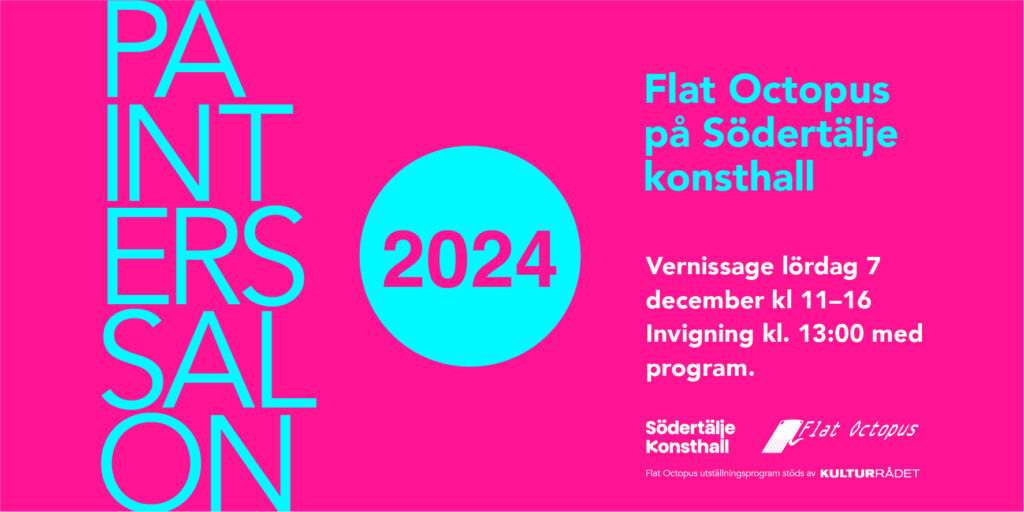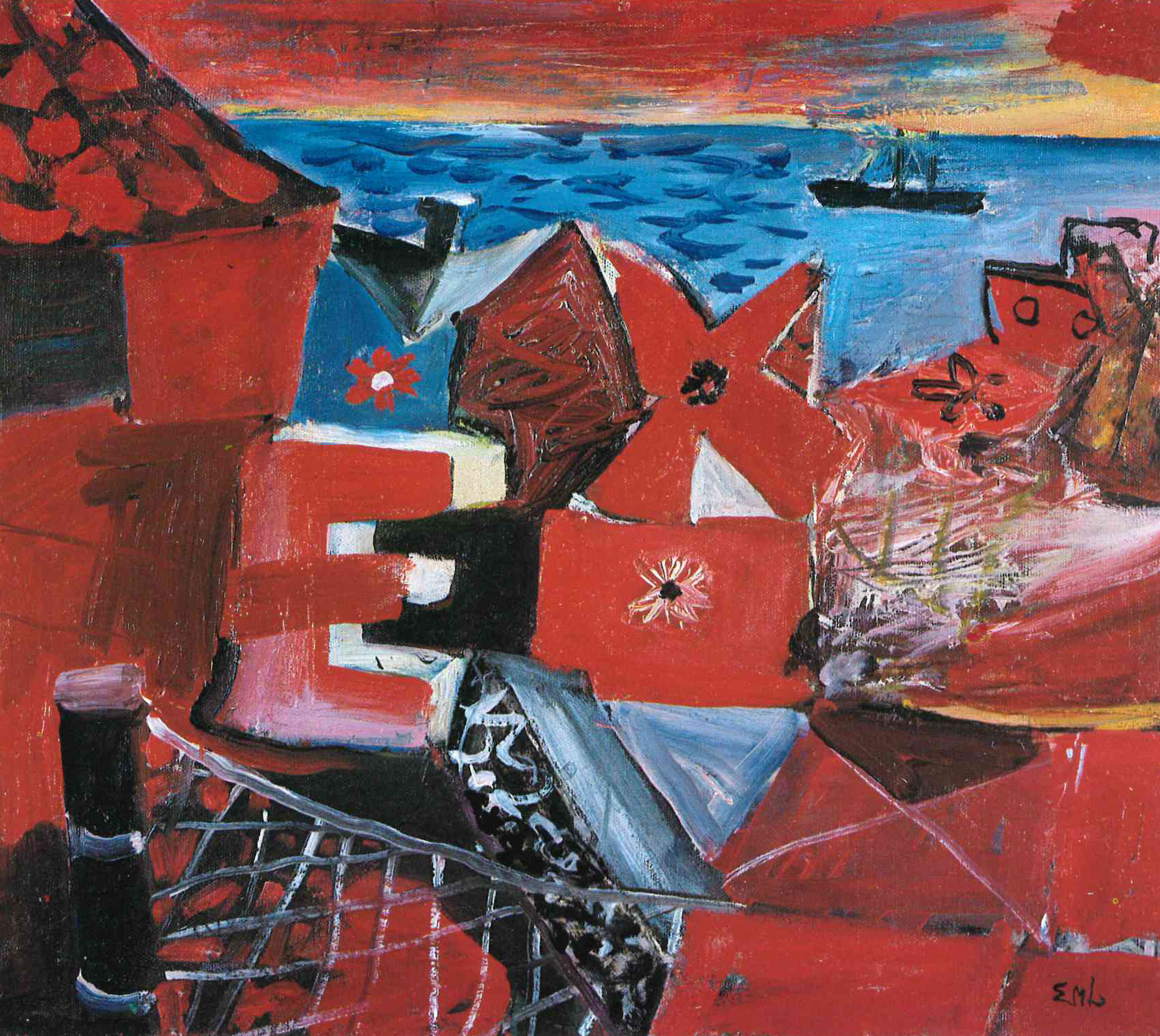


Martin Ljunggren retrospective had its premiere at Södertälje konsthall and then went on to Sundsvall, Gothenburg and Gotland Art Museums. The idea was that the exhibition would be inaugurated just in time for Ljunggren’s 60:th birthday and as a look back at a then 40-year-old artistry, “but it is just as welcome a year post festum!” wrote Per Drougge in the preface.
Ernst Martin Ljunggren signed his works “EML”. He had a critical and frugal approach to the exhibition. It was enough to exhibit separately about every ten years and then preferably in one of the more famous galleries. An attitude that may have an explanation in Ragnar Sandberg, the professor he chose to study for at the Academy of Fine Arts “The self-absorbed Ragnar Sandberg put a lot of pressure on his students and he warned them to eagerly seek the light of the public with their art. Martin Ljunggren took s.a.s. this attitude ad notam – for better or worse. ” Drougge further writes “Martin Ljunggren and his generation took over in Sweden, which Hjorth, X-et and Sandberg with their images made” ours “but which then gradually disappeared, both in reality and in art. After them came internationalization and formalization, the parade of isms and trends.”
That the exhibition went on to Sundsvall was no coincidence. He was born there in 1930. “His father made him do boxing and ski jumping and his mother put brushes and oil paints in his hands.” After the evening school at the art college in 1949, he entered the art academy just in time for the 20th anniversary.
The trio of artists who were then the Academy’s professors were, in addition to Sandberg, Bror Hjorth and Sven X: et Erixon. After a successful debut exhibition at Galerie St Nikolaus in 1962 and a scholarship, the move and purchase of an old farm on Gotland was made possible. Here he lived with his wife Kerstin and son Mattias. “During the ’60s, he regarded himself as a traditional landscape painter, who intervened with interiors and still lifes and the occasional portrait.” The last part of his life he lived in Södertälje where for many years he had a large studio on Saltskog Gård with a nice light and high ceilings, with a magnificent view of the garden. The format of his paintings enabled him to stand at his easel and paint. His desire to work was very high, often he was the one who came first and the one who left his studio last.
Catalog: Martin Ljunggren
Exhibition producer and catalog editor and quotes: Per Drougge